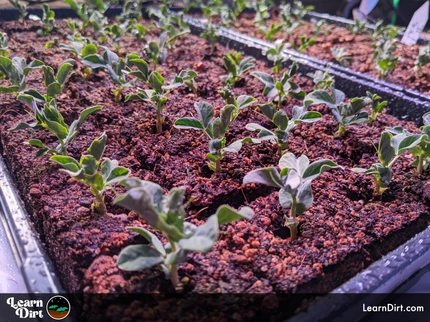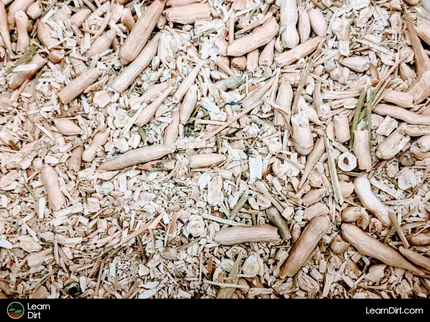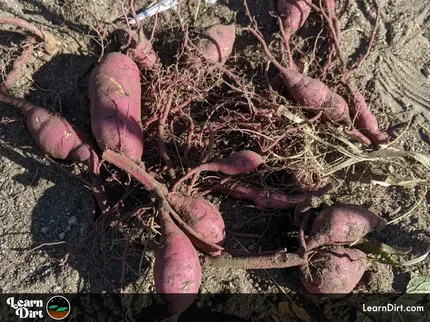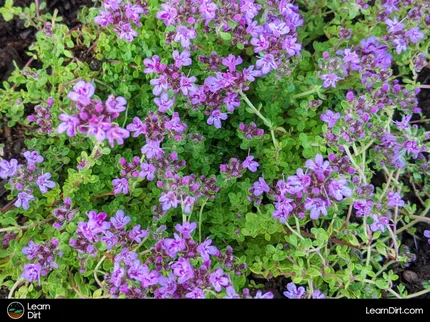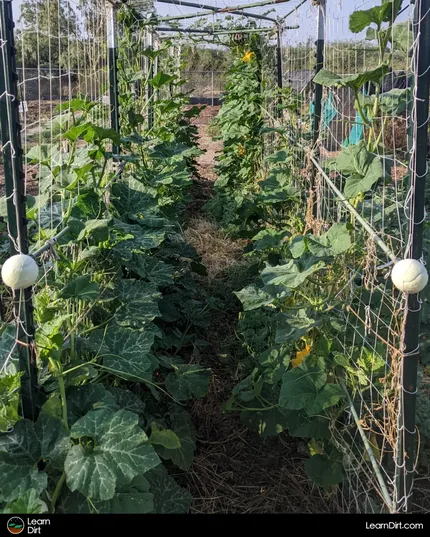Table of Contents
- What Are Root-Knot Nematodes?
- How Do Root-Knot Nematodes Spread?
- What to Do About Root-Knot Nematodes
- Final Thoughts...
* Our articles never contain AI-generated slop *
Today we're talking about root-knot nematodes. These pesky little soil-borne roundworms can wreak some real havoc in your garden. Their larvae parasitize the roots of many plants, causing root-knot galls which reduce their ability to uptake water and nutrients.
Root-knot nematodes can significantly reduce yields and are sometimes fatal for plants from the root damage they cause.
A number of commonly-cultivated species of vegetable can be affected by root-knot nematodes, and they are especially problematinc in warm climates.
Disclaimer: This post may contain affiliate links. Refer to the privacy policy for more information.
It's important that you know how to identify the root galls they cause, and understand how to deal with these parasitic nematodes effectively.

What Are Root-Knot Nematodes?
Root-knot nematodes are easily identifiable if you pull up your plant by the roots and you notice a bunch of strange nodules on the roots.
Note that legumes naturally grow root nodules which house beneficial nitrogen-fixing bacteria, so nodules on the roots of legumes (fabaceae family) do not necessarily indicate root-knot nematode presence.
On any non-leugminous plants, however, noticing weird nodules on the roots when pulled up is a sure indication that you've got root-knot nematodes in your soil.
These can cause some serious harm to your plants and they have a tendency to spread if you're not careful.
How Do Root-Knot Nematodes Spread?
Root-knot nematodes can easily spread from one plot, bed, or planter to others. They can contaminate tools like shovels, trowels / transplanters, and cultivators which may transmit these pests across different plots, planters, and beds.
Join The Grower's Community
Looking for a place to meet growers,
ask questions, share knowledge, be heard,
and feel like you belong? 🌱
Check It Out!
If you identify root-not-nematodes after pulling out a plant by the roots, you should sterilize any tools that you're using to dig in that soil. If they're going to be used elsewhere, definitely implement a pretty strict sterilization, regimen immediately, so that you stop the spread of the root-not-nematodes
What to Do About Root-Knot Nematodes
If you've identified root damage from nematodes, you'll want to do something about it to prevent them from spreading and getting worse. Here's what you can use:
Steinernema Feltiae (SF Nematodes)
SF nematodes are short for Steinernema feltiae, a species of beneficial nematode that will target and parasitize root-knot nematodes.
As an added bonus, SF nematodes will also target fungus gnats in the soil, thrips, some beetles, some caterpillars, squash vine borer larvae, leaf miners, some grubs, fruit flies, subterranean termites, fire ants, roaches, a bunch of different species of weevil, crane fly larvae, corn borer, and scarab grubs, along with a whole host of other things.
Because so many pest species have a soil stage as eggs and larvae, having a beneficial nematode like S. feltiae in your soil will help you prevent pest populations from growing rapidly and uncontrollable.
SF Nematode Benefits
Steinernema are really beneficial for gardeners, and if you're struggling with any of these issues, not just root-knot nematodes, or thrip problems, or if you are inundated with fungus gnats, or if you've got corn borers or wood borers or any of these things, S. feltiae is a great ally to have on your side.
These are also great if you experience bad problems with vine borers. If squash vine borers are wreaking havoc on your zucchini and summer squash for instance, know that the vine borers also have a soil stage.
If you've got beneficial SF nematodes in your soil, they can do you a world of good at knocking back vine borer populations.
They're really a super helpful beneficial. Most people think of beneficial insects which that target pests on the leaves and stems of your plants, and a lot of gardeners forget that you can target pests in their egg and larval stages within the soil. Beneficial nematodes are the way to do that.
If you've got root-knot nematodes, I highly recommend applying a Steinernema feltiae to your soil immediately.
Where to Get SF Nematodes
Hop online find a beneficial insect vendor. I buy my beneficials from naturesgoodguys.com, but you can get them anywhere that sells them. Just search for SF nematodes and find a provider that you like.
These should be shipped overnight so that they stay alive. I think naturesgoodguys may be included in ice pack or something, depending on shipping conditions.
How Buying SF Nematodes Works
SF nematodes are shipped dormant, they are dehydrated and will wake up when added to water.
They come in a powdered carrier substance like a talc or cornstarch, because the nematodes are microscopic and can't be seen with the naked eye. Because of this, they're mixed into a couple tablespoons of a powder so that you can work with them.
They're shipped overnight, and then you want to apply them as quickly as possible after receiving them.
How to Apply SF Nematodes
Typically what you do is you grab a gallon pump sprayer, and you fill that with filtered water. Specifically, you're going to want to use filtered water so that there's no chlorine or chloramine from your city tap water, which might kill the nematodes, and then fill your pump sprayer with filtered water, and you take the nematodes in their carrier powder.
You dump the little packet into the water, you swirl it around, gently until they are mixed in somewhat, until the powder is mixed in somewhat, then you'll know that the nematodes are mixed in. Somewhat, and then you're going to apply them to your soil with the pump sprayer.
Now, nematodes, in general, are sensitive to UV, and these Steinernema feltiae, they definitely do not appreciate sunlight at all.
nematodes generally spend their whole lives in the soil, and should not be exposed to direct sunlight. So the best thing you can do is to go out to your garden and spray these nematodes on your soil after dark or before the sun comes up. Cloudy day applications are also ok.
Once you've sprayed them thoroughly all around your garden, then you'll just want to water them in with a hose. Water them in so that they sink down deeper into the soil before the sun comes up.
Dig Cool Merch?
Can You Apply Steinernema Indoors?
I've found them extremely helpful indoors where I've had thrip problems in the past, the SF nematodes are fantastic at knocking back thrip populations, because thrips have an egg and a larval stage in the soil. So even before the thrips grow up and start sucking fap from your plants, you can target them in the soil with Steinernema feltiae, and these will help you to prevent population growth of thrips.
You can even apply these to house plants. If you get fungus gnats in your house plants, you know, give your house plants soil a little spritz with your pump sprayer of the S. feltiae and you will have a much better time gardening, probably if you're not plagued by root-knot nematodes, fungus gnats, thrips, vine bores, et cetera.
How Often Should You Apply Steinernema Feltiae?
If you've got a bad case of root-knot nematodes, you can apply Steinernema feltiae monthly until the population is knocked back.
If the root-knot nematodes are few and far between, applications every few months will suffice.
If you haven't identified any root-knot nematode issues but want to apply SF nematodes as a preventative measure, apply a couple times a year.
Extra Consideration
I also highly suggest that you apply the nematodes to your compost system as well. They're going to help prevent root-not-nematodes in your compost, and if you use your compost in seed-starting mix like I do, the nematodes are going to help prevent fungus-gnats and fruit flies. And things like that from appearing as well as thrips from appearing in your seed-starting trays and on your seedlings, which is extremely helpful.
I would suggest applying nematodes to pretty much all your soil everywhere that you can. You can stretch a few million nematodes a pretty long way, but obviously side of your order up if you want to apply these to an entire garden. For instance, you're going to need more than if you're just applying them to one plot or raised bed or a few planters and a compost bin.
I definitely apply them to your compost bin and then with my compost, I always backwards inoculate my compost. So when I start a new bin or a new pile, I always take a scoop from the old compost and put it into the new compost to help kick things off. And so along with some beneficials, if you've introduced worms, if you've got worm eggs in your compost or if you've got black soldier fly eggs and larvae in your compost, obviously those can be backwards inoculated from a finished compost pile to a new compost pile.
Some of your mycorrhiza and other fungi and a lot of your beneficial bacteria, et cetera, will also come over to a new pile with a scoop of finished compost as well as your SF nematodes. So I highly recommend backwards inoculating your compost, grabbing a scoop from the finished compost and putting it into each new compost pile that you start, so you're always inoculating them with some of what you had in your finished compost.
This way you can apply the S. feltiae once to your compost and then every time you start a new pile, you can reapply them. Hopefully the SF nematodes will multiply in your compost, multiply in your raised beds and your planters.
Final Thoughts...
So do your research on Steinernema feltiae, look into them, but definitely I suggest purchasing some and applying them as soon as you identify any root-knot nematode on the roots of any of your plants. Apply that right away and hopefully you can get ahead of things.
Don't forget to sterilize your tools if you go digging in that soil and as much as I suggest not pulling plants up by the roots, generally in the no-till mindset, it makes much more sense to chop your plants at the soil level and not pull those roots up. If you have identified root-knot nematode, I recommend pulling a plant up by the roots every once in a while check and see if you're still afflicted by the root-knot nematodes.
It's always a good idea to check out the roots of your plants every once in a while, see how strong they are, see how healthy they are, and look for any issues such as root-knot nematodes that will make themselves apparent on the roots of your plants.
Also remember that legumes, anything in the Fabaceae family, peas, beans, clover, alfalfa, etc. These things will grow some small nodules on their roots, which house the nitrogen fixing bacteria that is so beneficial in that symbiosis. So if you've identified nodules on your legumes, that's not necessarily root-knot nematode.
I would check the root of non-leguminous plants when looking for root-knot nematodes or checking to see if they have spread. And make sure you're not misidentifying the nodules on legume roots as being damaged from root-knot nematodes. All right, that's it. I'm done here.
Hop on over to the forum if you have any questions, concerns, or experience working with Steinernema feltiae, or have had problems with root-knot nematodes in the past. I would love to hear from you what you did, what you tried, and whether or not it worked for you.
Happy gardening. y'all!
That's all for now, thanks for reading!
If you have any questions, comments, or would like to connect with fellow gardeners, head on over to the forum and post there.




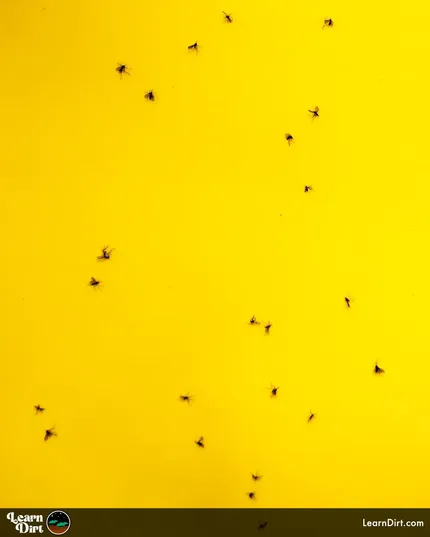

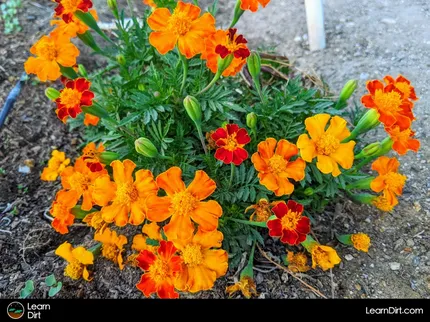



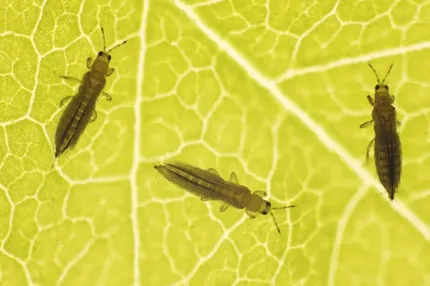
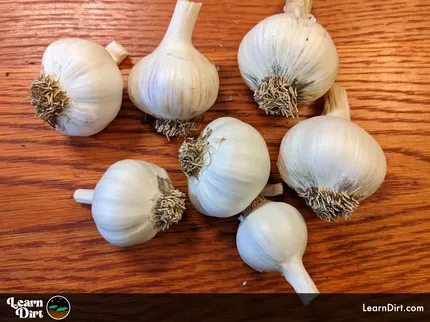
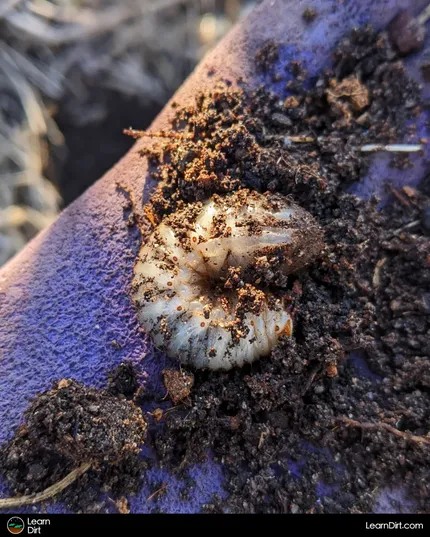
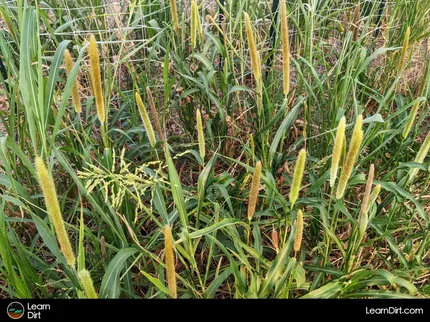

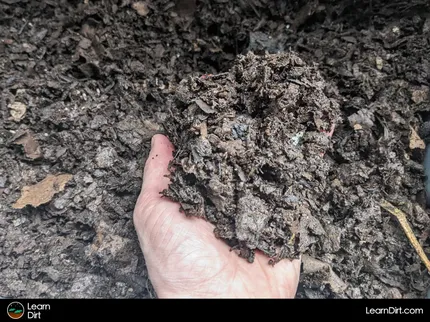
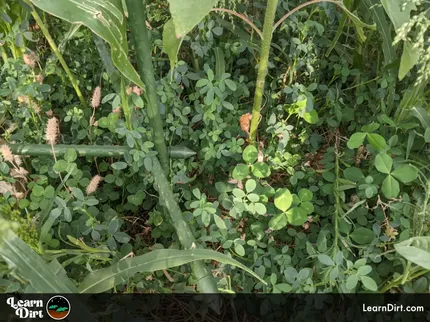
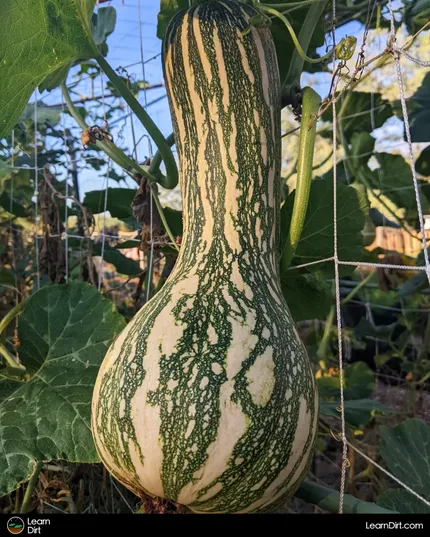
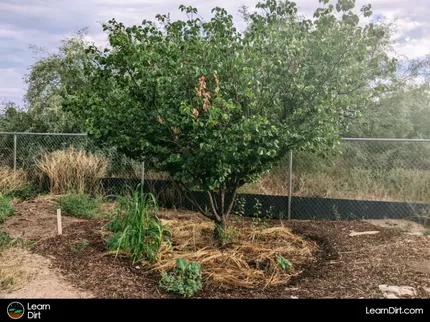

![Don't Till Away Your Carbon [Taffy] T-shirt](/media/product_images/dont-till-away-your-carbon-[taffy]_shirt_260x260.png)


